

Chapter 1 — Childhood and First Impressions
Armand Billard was born on September 11, 1975, in Paris’s 15th arrondissement, just steps away from the Eiffel Tower. This metallic structure, a symbol of technical prowess and architectural elegance, left a lasting impression on his imagination. Years later, he would pay tribute to the tower through his watch designs, with discreet graphic motifs inspired by its skeletal form.
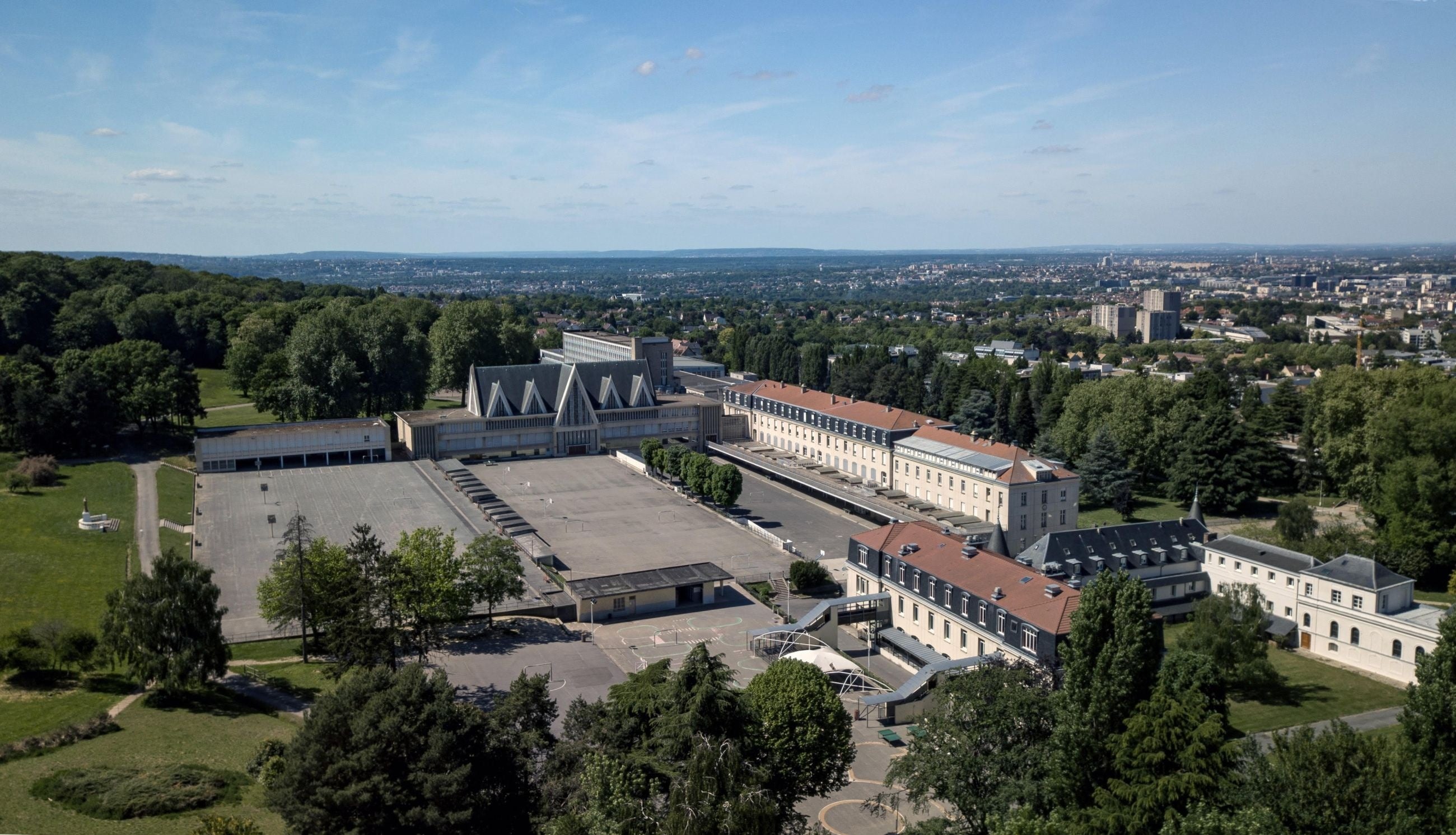
After spending his first three years in Paris, his family moved to the countryside, about a hundred kilometers north of the capital, before returning to the Paris suburbs when he was eight. It was there that he truly grew up. The eldest of three siblings, Armand developed an early interest in drawing. At the age of twelve, he began formal training in classical drawing at the local conservatory — a rigorous education that shaped his artistic sensibility and taught him to observe the world through light, form, and gesture.
His schooling took place in a private, all-boys, faith-based institution with a strict framework but strong academic standards. He completed his baccalauréat at 18 without incident. It was only after this stage that his creative spirit began to fully awaken. He first enrolled in an art school, then continued with four more years at a school of applied arts, eventually earning a degree in design.
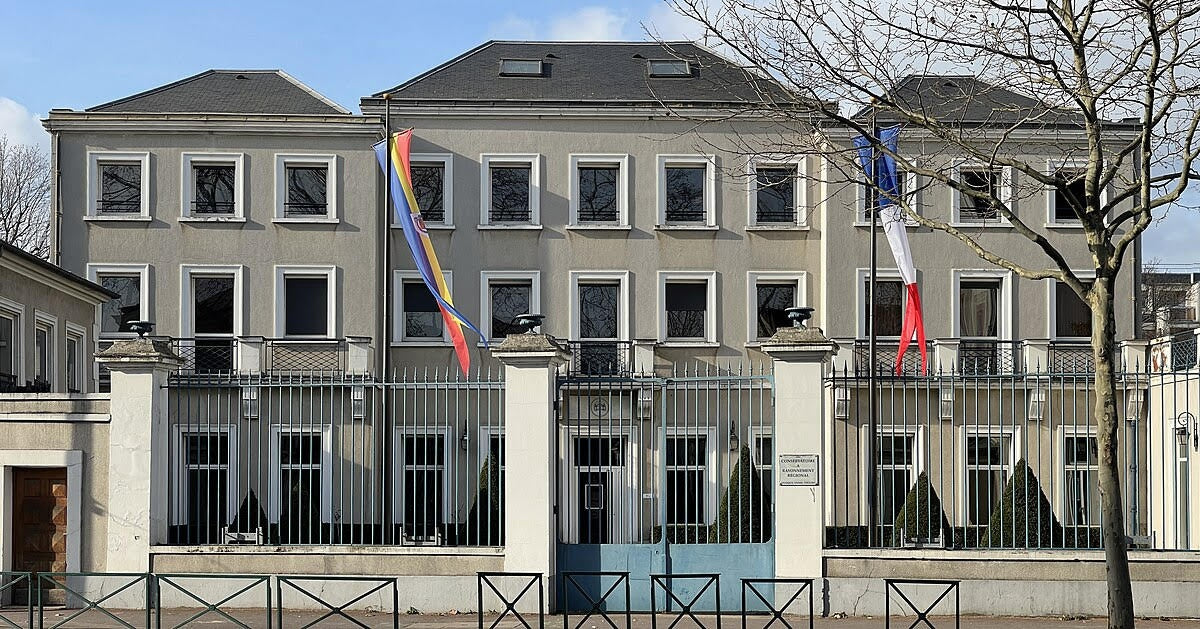
Chapter 2 — Artistic Awakening and the Birth of a Vocation
At age 12, Armand crossed a decisive threshold: he began studying drawing at his town’s conservatory. There, he was trained in the fundamentals of classical art — still lifes, landscapes, live models, and nude studies. Drawing was approached as a demanding discipline, balancing emotion with technical precision.
After completing his baccalauréat, he enrolled in a general art school that exposed him to various creative disciplines. But it was in a school of design that he discovered his true path. Over five years, he developed a vision grounded in form, utility, and meaning. Graduating with a Diplôme des Métiers d’Art in industrial design, he understood that he now possessed the tools to express himself through objects — and more than that, to convey intention through material.
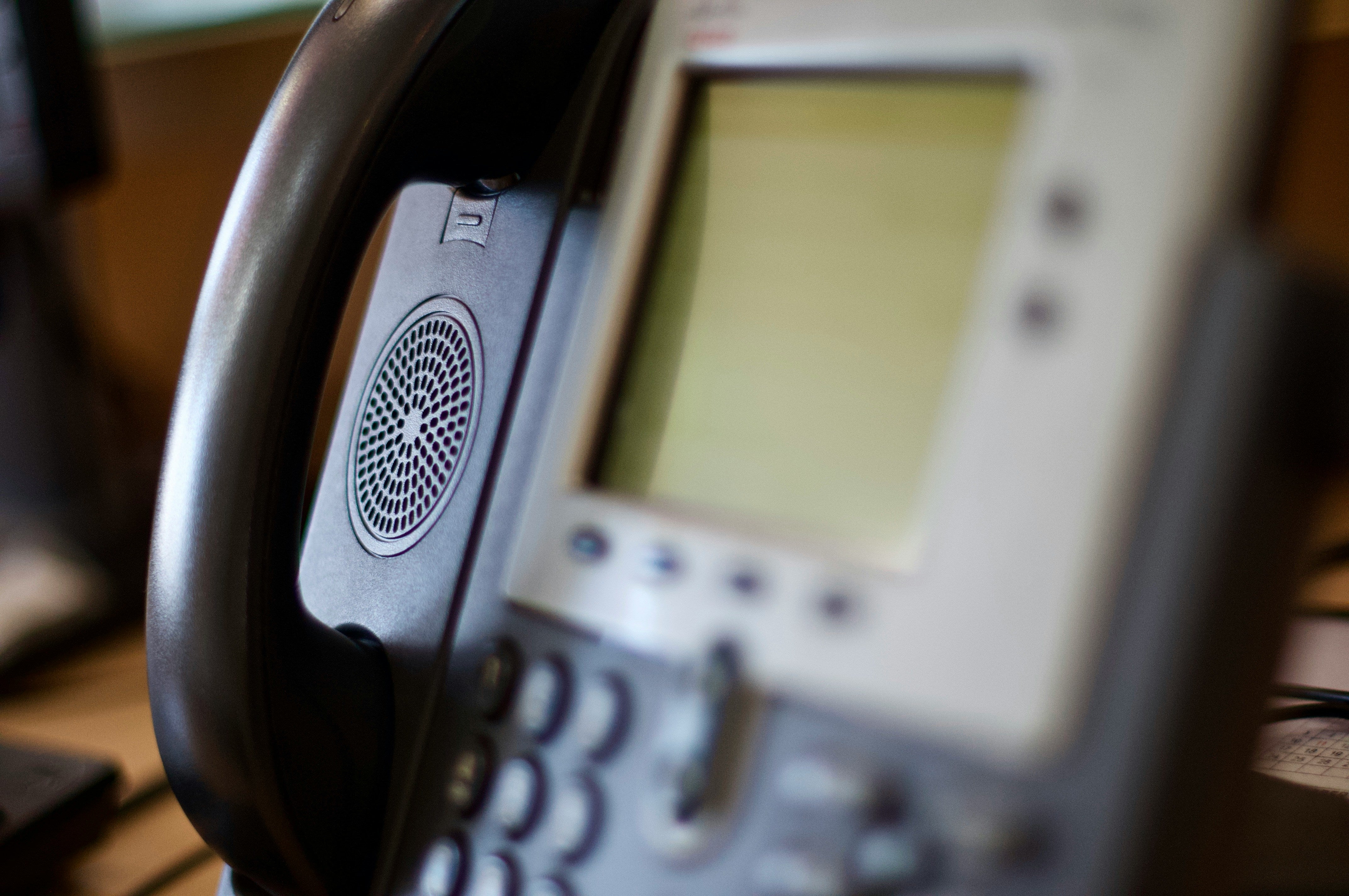
Chapter 3 — Entering the Real World: The Day It All Began
In 1999, at the age of 24, Armand presented a forward-looking final project focused on electronic objects with organic and translucent forms. Among the jury members was the head of design at Alcatel, who was immediately captivated by his work. He offered Armand a position on the spot. That moment marked the beginning of his career.
At Alcatel, Armand worked on phone prototypes that were still far from market-ready but pointed toward the future. One of his projects was presented at the Telecom Geneva exhibition, a major international event at the time. At just 24, he was already helping to shape the future — working alongside engineers and marketing strategists in the midst of the digital revolution.

Chapter 4 — Freedom, Engines, Horizons
Not long after joining Alcatel, Armand chose a different path. At 24, he became a freelance designer, continuing to work for Alcatel Lucent and other industrial clients. He moved into his late grandmother’s country house — a quiet, memory-filled place that became his creative retreat. Alongside his professional life, two new passions began to take hold: motorcycles and travel. He discovered the raw freedom of movement and the beauty of landscapes.
In 2005, he decided to leave everything behind and embark on a two-year world tour with his cousin. The journey, which began on April 21, 2005, took them to over 100 UNESCO World Heritage sites. From this adventure came a book: Les Cousins Migrateurs autour du monde ("The Migrating Cousins Around the World"). That trip became a formative experience — one that shaped his creative perspective through encounters with architecture, cultures, materials, and color.
When he returned in April 2007, he was transformed — driven by a renewed desire to create and invent a new way of life.
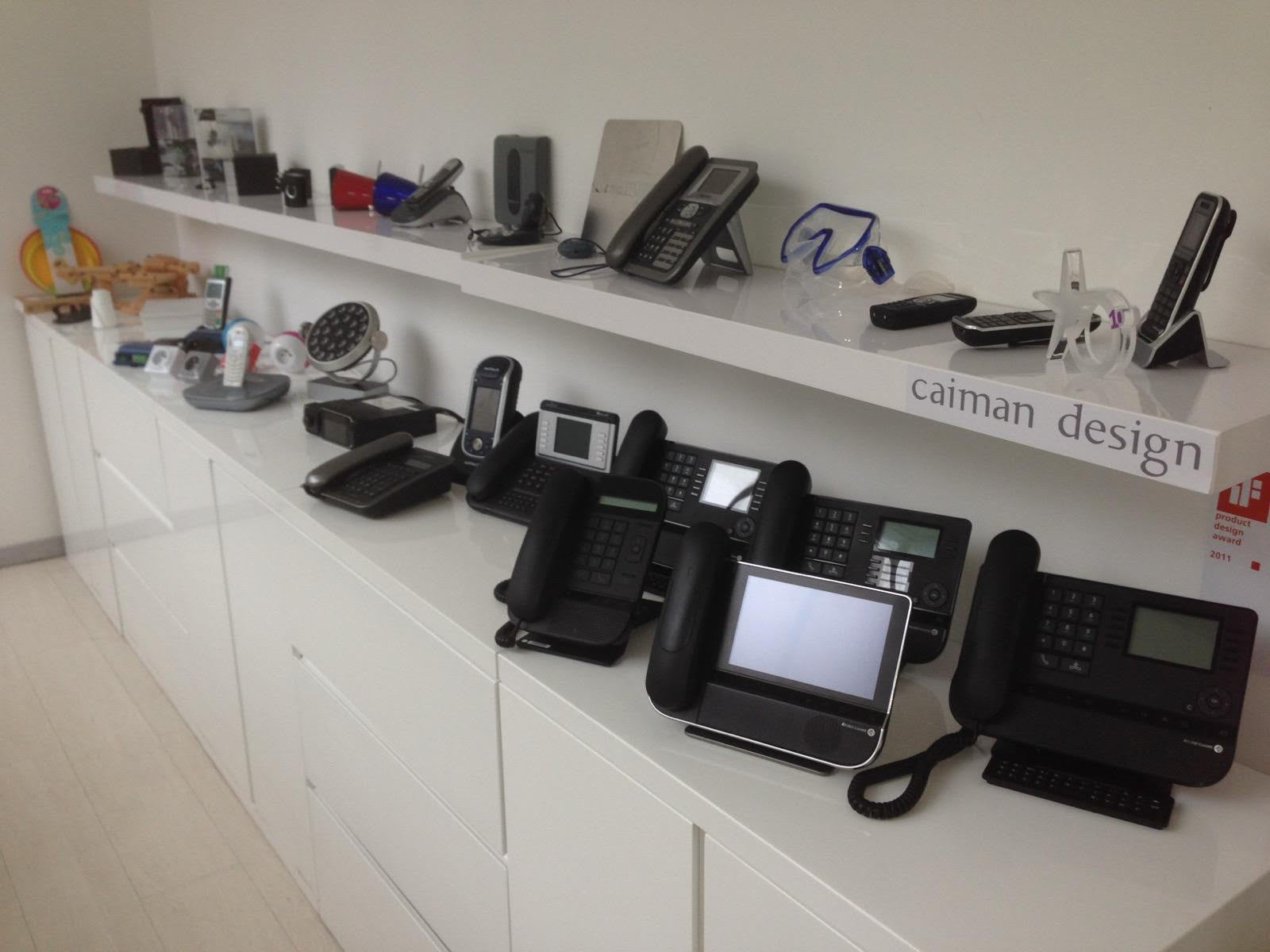
Chapter 5 — Create, Lead, Transmit
Back in Paris, Armand launched his own design agency in April 2007: Caïman Design. The name referenced an animal that is both agile and grounded — a metaphor for his vision of design. The business took off quickly, and he set up in Vincennes. He built a team of around fifteen collaborators and worked with startups, SMEs, and major corporations. The agency quickly gained a reputation as a reference studio.
During that same world trip, Armand had met the woman who would become his wife — a German doctor he encountered in Argentina. They married in 2009 and would later have two daughters.
In 2015, a new chapter opened. Two women leading a Parisian consulting firm expressed interest in adding a design division to their company and made an offer to acquire his agency. Armand accepted and joined as design director — freed from the daily pressures of business operations. It was at that precise moment that watchmaking emerged as a new horizon.
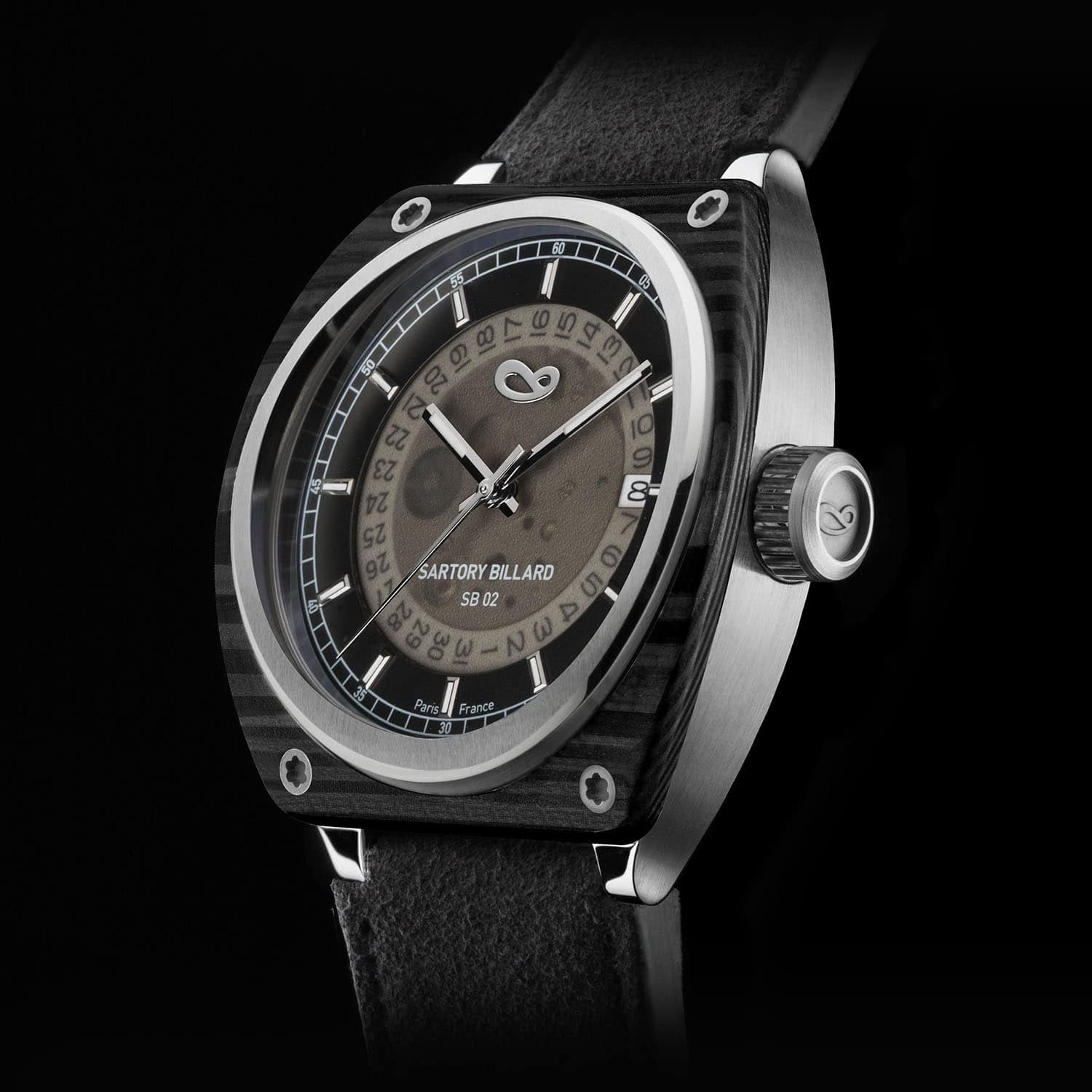
Chapter 6 — Sartory-Billard: The Birth of a Calling
The summer of 2015 marked a turning point. Armand sold Caïman Design and decided to follow his long-standing passion for horology. Alongside his friend Ludovic Sartory, he created a first watch — just for fun. But demand quickly grew beyond their immediate circle: what started as two pieces became ten, then thirty, then a proper collection.
By 2017, Armand had fully disengaged from his former commitments and began devoting himself entirely to the project. He designed the SB02, featuring a novel personalization system. That was followed by the SB03 and the SB04 — the latter establishing Sartory-Billard as a name in the world of independent watchmaking.
Self-taught, Armand learned every material and technique through trial, error, and persistence. His aim was clear: to create sincere, personal, and coherent watches — objects of connection, not of status.
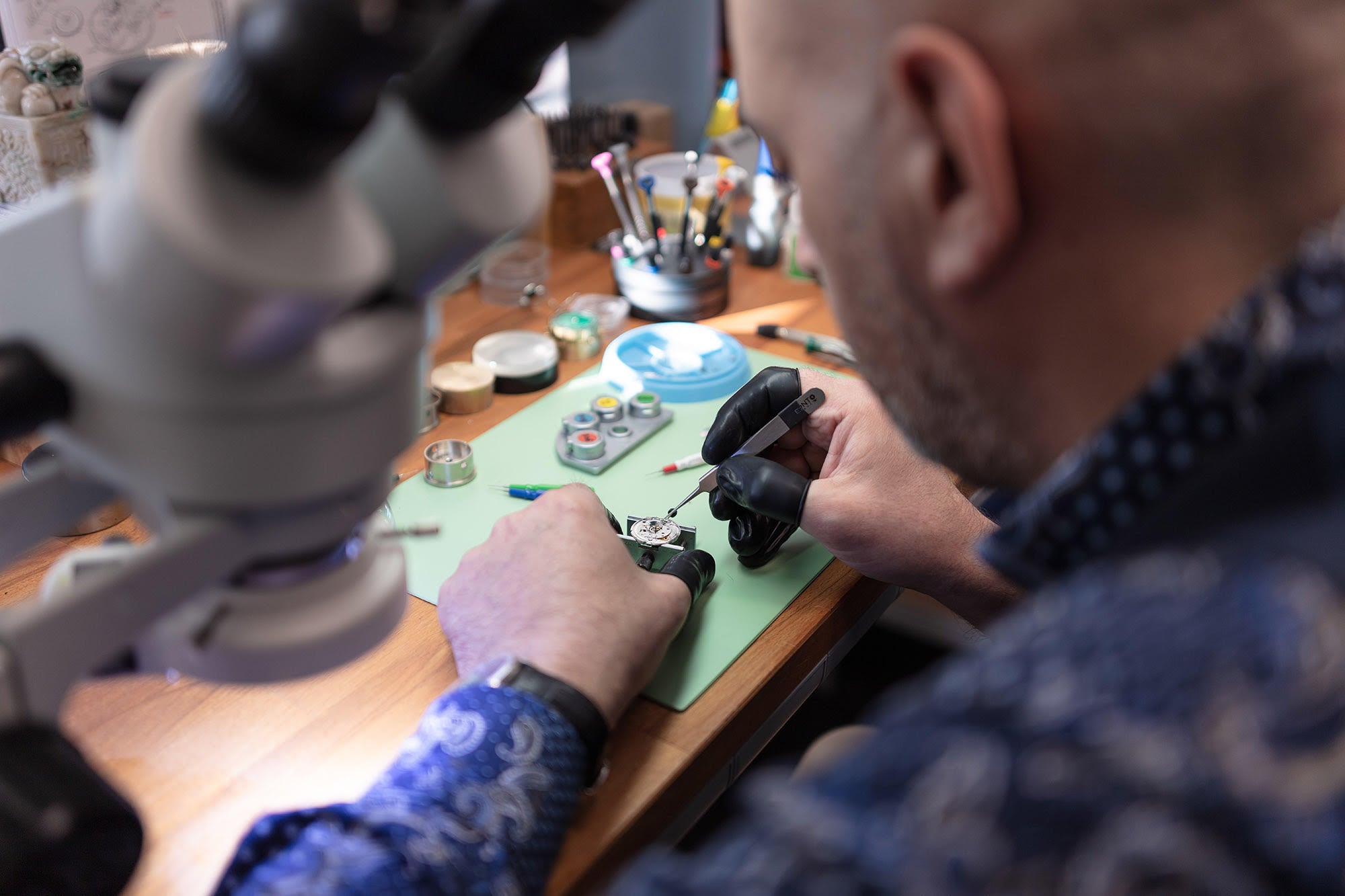
Chapter 7 — Sartory-Billard Full-Time: A Brand, a Vision
In September 2019, Armand Billard definitively closed the chapter of his former life as an independent designer. He dedicated himself fully to Sartory-Billard — his brand, his vocation, his future.
From the very first month, the company was able to pay him a salary — a necessary and deliberate success in a family context. But more than the watch itself, he discovered a deeper passion: materials, and the relationship with clients.
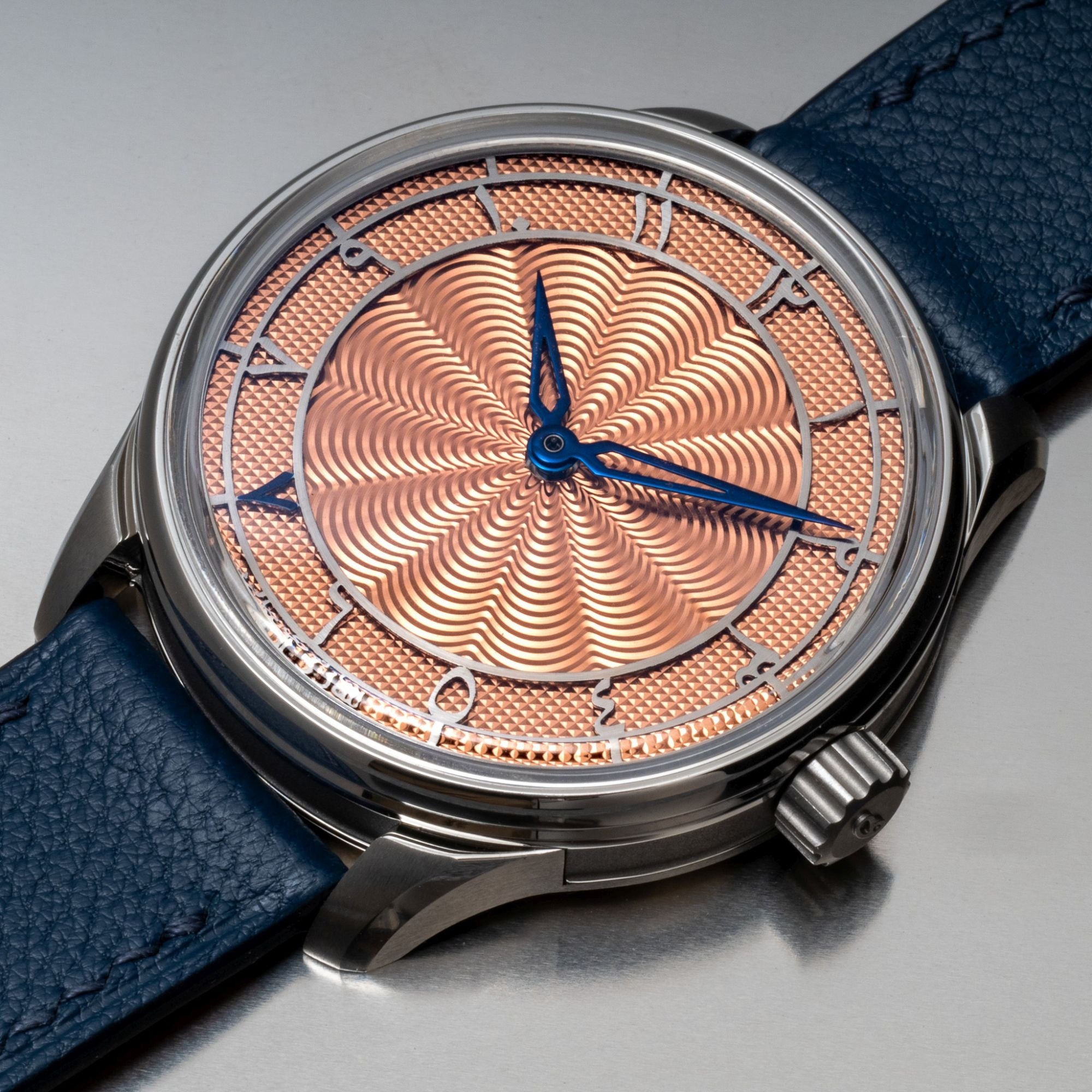
With the eye of a designer, Armand placed bespoke craftsmanship at the heart of his practice. Every watch was born from a dialogue. Regardless of where the client came from — Singapore, New York, Milan, Okinawa — what mattered was the resonance between person and material. He didn’t offer models; he offered encounters.
In 2021, after dozens of SB04s sold around the world — including to collectors of far more expensive pieces — it was time to take another step forward: to introduce a higher-end movement and greater refinement. Thus was born the SB05.
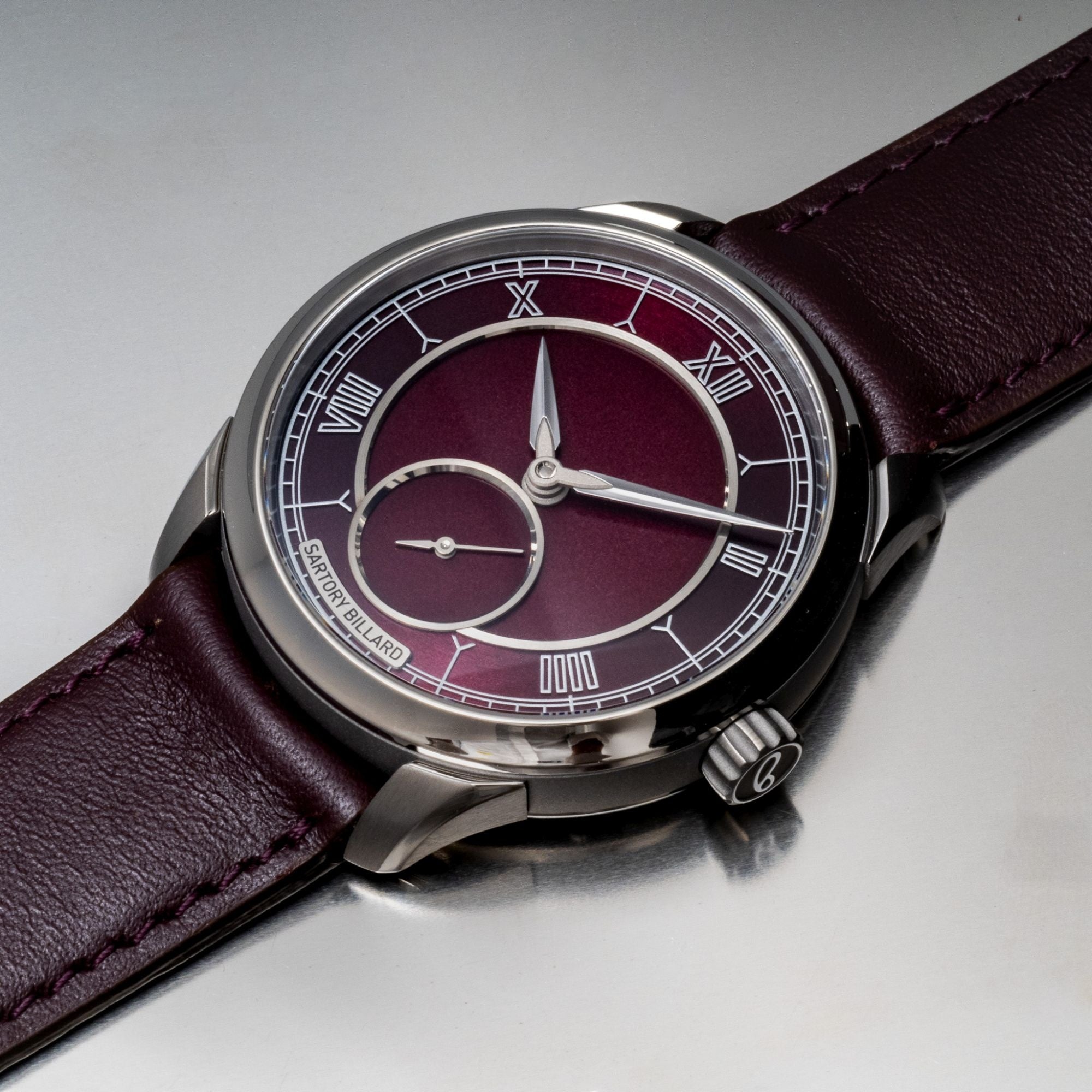
Armand collaborated with Comblémine, the dial manufacture led by Christophe Beuchat and owned by Kari Voutilainen, and worked with Voutilainen & Cattin for the cases. Movements were supplied by La Joux-Perret. More complex and sophisticated, the SB05 retained the Sartory-Billard spirit: fully customizable within a well-defined design framework, guided by a clear Design Guide.
The success was immediate: the first 75 SB05s were ordered within days. Armand continued producing titanium dials in his own workshop, while Comblémine handled final assembly. To this day, the SB05 remains part of the brand’s collection.
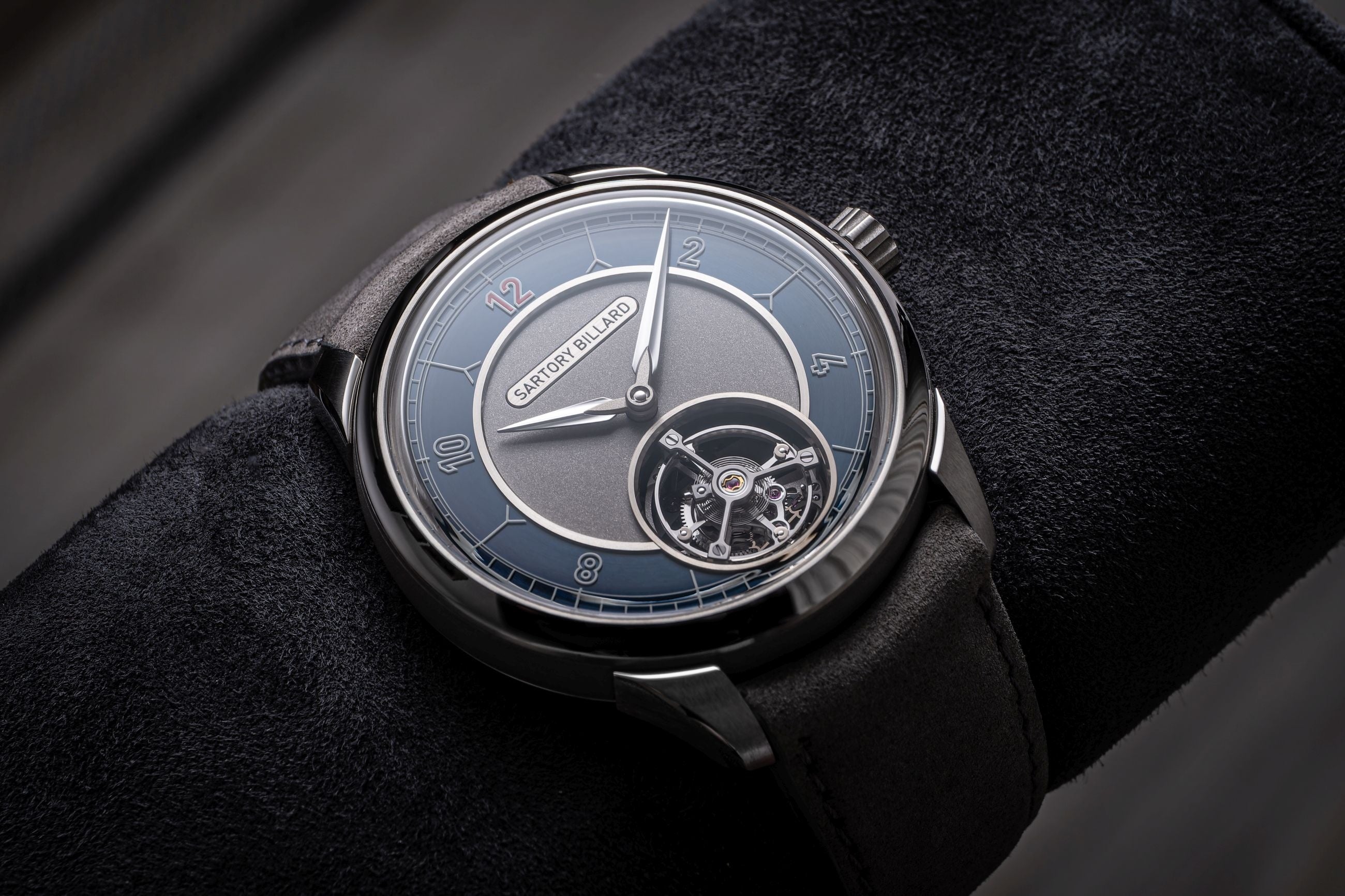
Chapter 8 — SB06, International Collaborations and Watchmaking Recognition
After Ludovic Sartory sold his shares, Armand Billard became the sole owner of Sartory-Billard. Launched in 2021 and revealed fully in 2023, the SB06 marked a new stage in the brand’s aesthetic and technical maturity. More sculptural, more ambitious, it embodied the artisanal mastery of the maison and introduced Sartory-Billard’s first proprietary movement: the SBTV01, a manually wound caliber featuring a flying tourbillon with an invisible sapphire top bridge. With 209 components, a 96-hour power reserve, and a visually striking balance, the movement stood as a declaration of independence.
Two major projects built around the SB06 symbolized the brand’s growing international reach: a limited edition for CronotempVs Collectors, and a regional collection for Sincere Fine Watches in Asia.
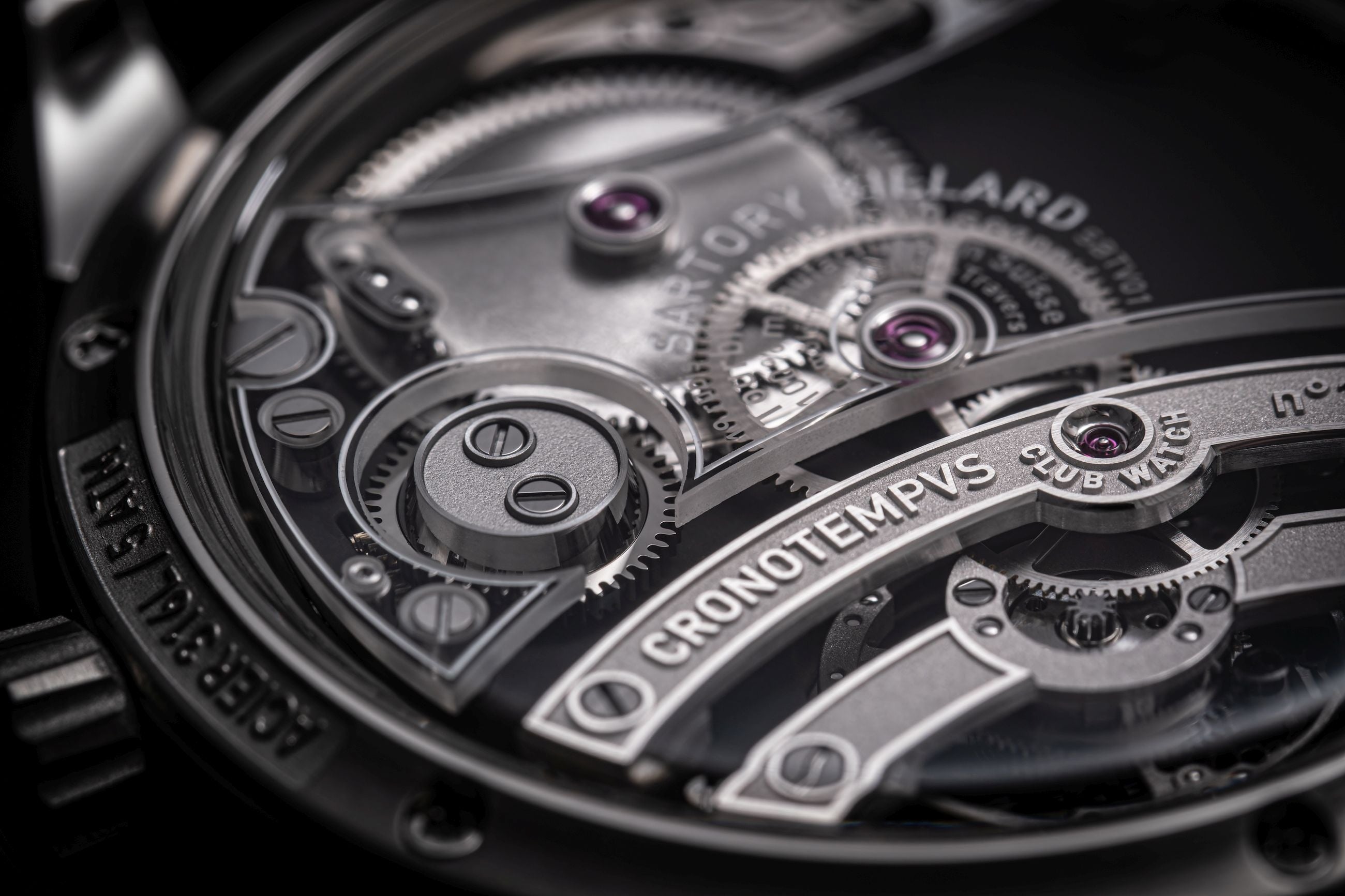
CT12 — The SB06 for CronotempVs: Graphic Purity, Symbolic Depth
The SB06 CT12 was developed in collaboration with the renowned Spanish collector group CronotempVs. Produced in 30 numbered pieces, this special edition was defined by radical graphic minimalism and an ultra-refined architectural approach. It centered on symmetry, visual lightness, and a form of quiet mysticism anchored in the floating presence of the flying tourbillon.
The dial embraced discreet sophistication: time was displayed via a printed sapphire disk, the guilloché was restrained, and the tourbillon sat proudly like a kinetic sculpture.
Conceived as a piece of contemporary horological art, the CT12 embodied elegant sobriety — a technical and meditative watch-object that stood in powerful contrast to the visual noise of the modern watch market.
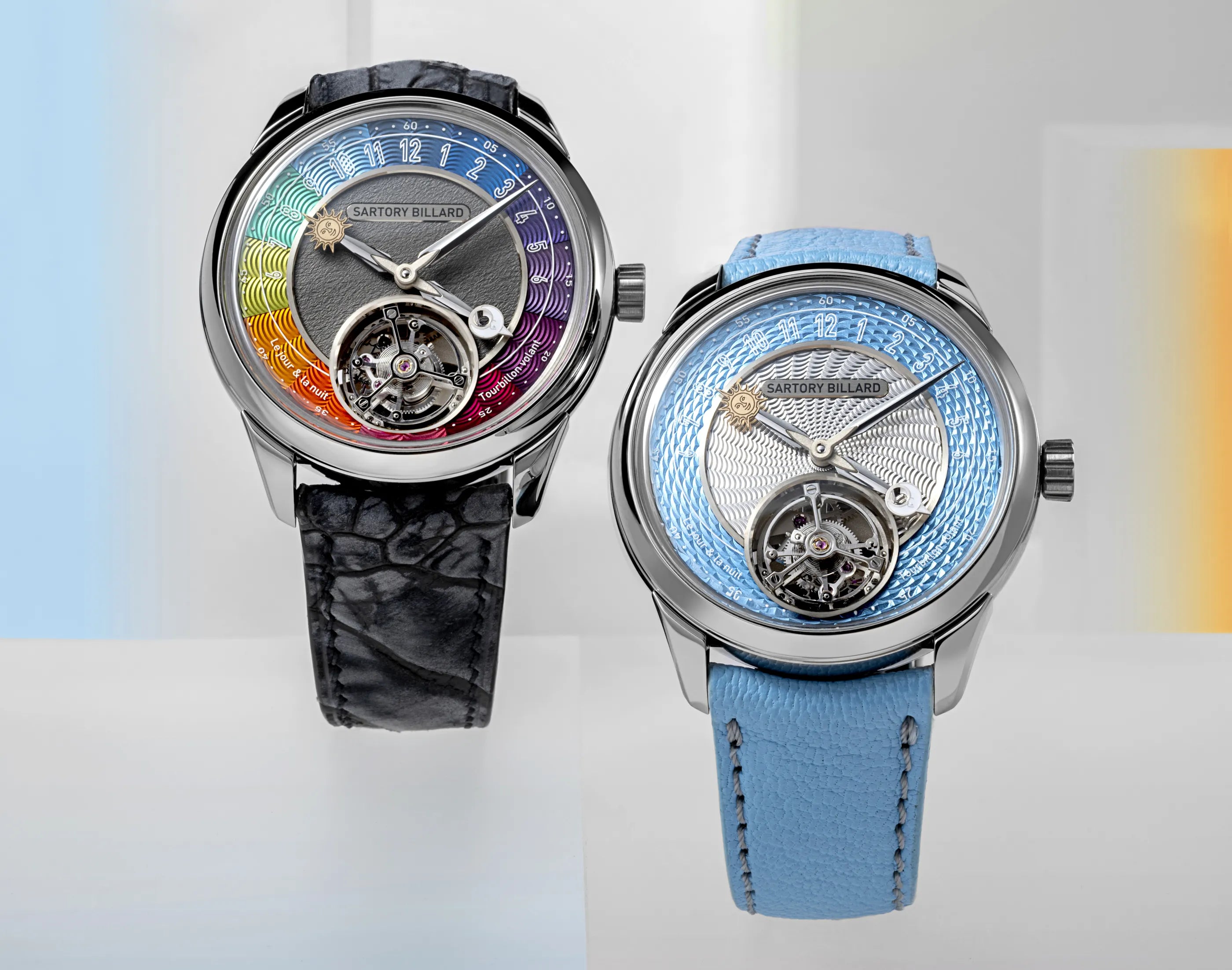
SHH Editions — Eight Unique Pieces for Sincere Fine Watches in Asia
In June 2025, Sartory-Billard announced a strategic partnership with Sincere Fine Watches, a major player in the Southeast Asian market for independent watchmaking. Sincere became the brand’s exclusive retailer in Singapore, Malaysia, Thailand, and Taiwan. To commemorate the partnership, the two houses co-created a stunning collection: eight unique SB06 Flying Tourbillon SHH Editions, two for each market.
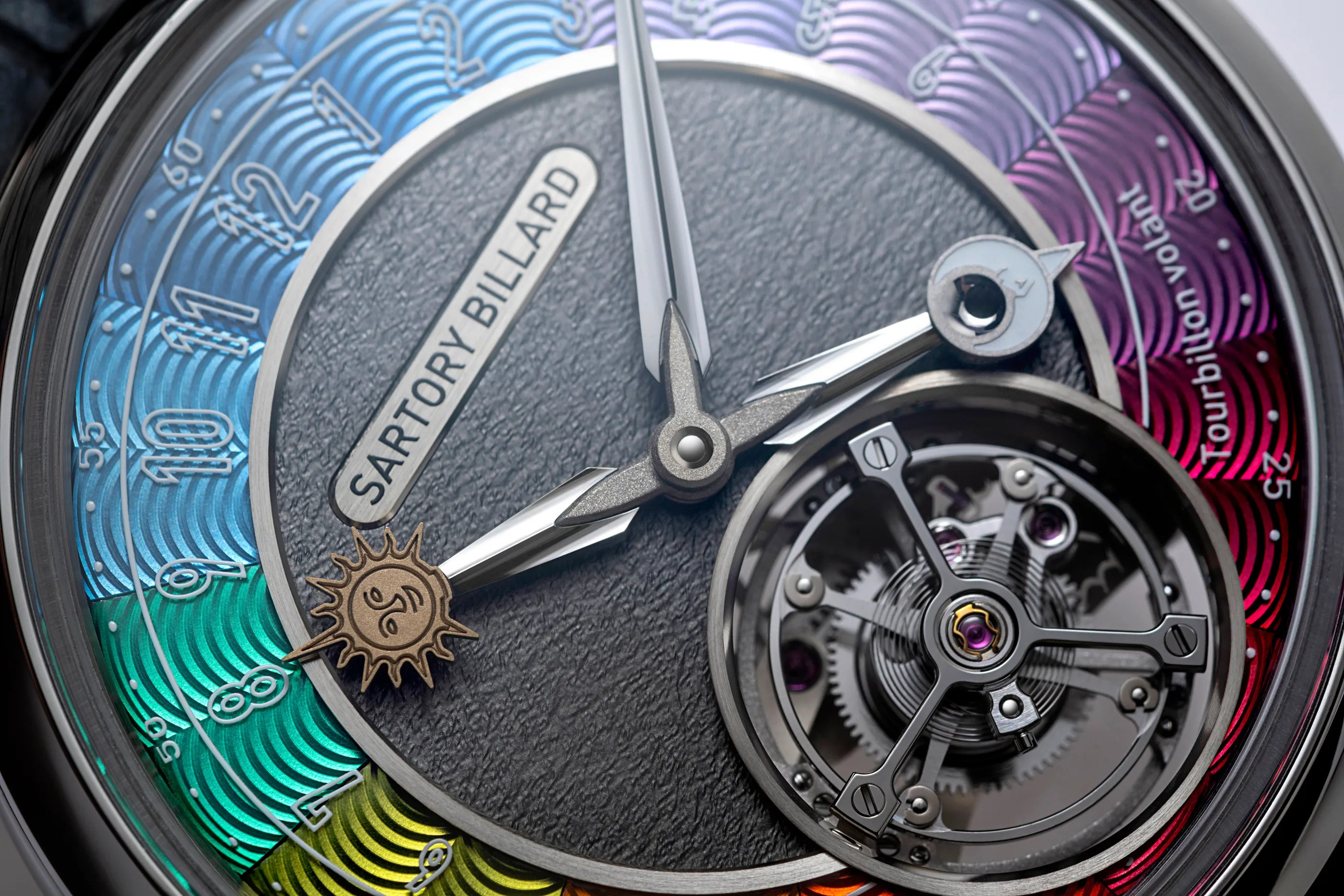
Each timepiece paid tribute to a culturally significant local theme: the Jewel Rain Vortex in Singapore, the Peranakan shophouses of Katong, Malaysian batik, imperial jade, Thai temples, Taipei 101, and Taiwan’s semiconductor industry, expressed through a real silicon wafer dial.
Each watch featured the SBTV01 movement and a distinctive 24-hour display using a double-ended hand: a solid gold sun on one end, and a Super-LumiNova-filled moon on the other. This poetic complication — unique in its execution — brought together mechanical ingenuity and artistic storytelling.
Reflecting on the partnership, Armand Billard said:
We wanted each piece to be a bridge between local heritage and our design language. Sincere offered us rare insight into the sensibility of Asian collectors — this collaboration was built on trust, subtlety, and shared passion."
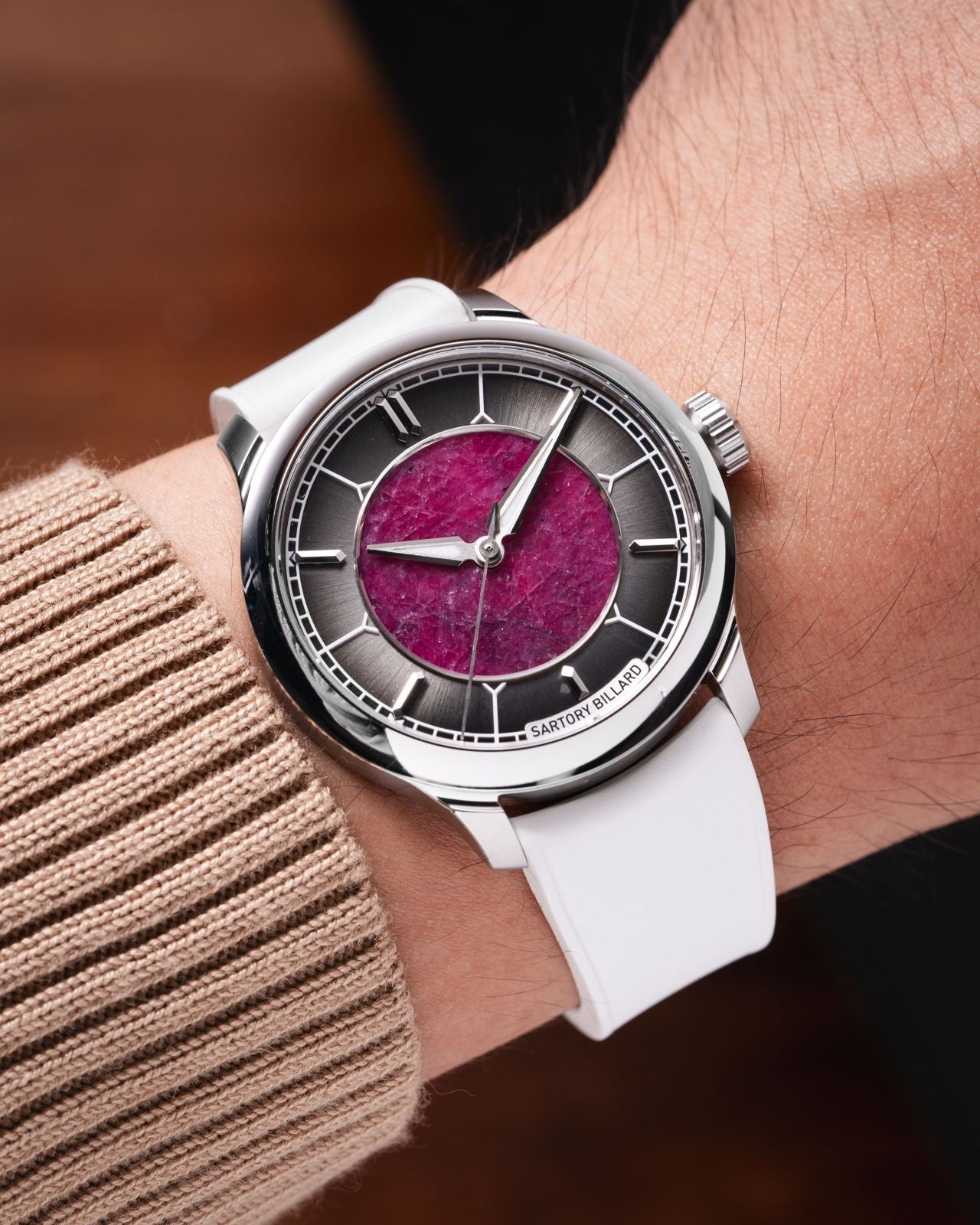
Chapter 9 — SB04-E: Architecture of Transition
In 2025, after a period of intense development, Armand Billard unveiled a new milestone in the Sartory-Billard journey: the SB04-E, where “E” stands for “Évolution”.
With the SB06, Sartory-Billard reinforced its international standing without abandoning its artisanal scale. Whether produced in 30 pieces or as unique creations, each watch carried the same precision, care, and the brand’s ongoing commitment to materializing time.
This model was not a rupture but a refinement — a re-architected version of the SB04, designed to retain the brand’s signature aesthetic while moving toward small-scale serial production. The SB04-E marked Sartory-Billard’s entry into a new era: a watch conceived not as a one-off, but as a fully realized object, reproducible in limited series (typically 50 to 100 pieces) without sacrificing quality or design coherence.
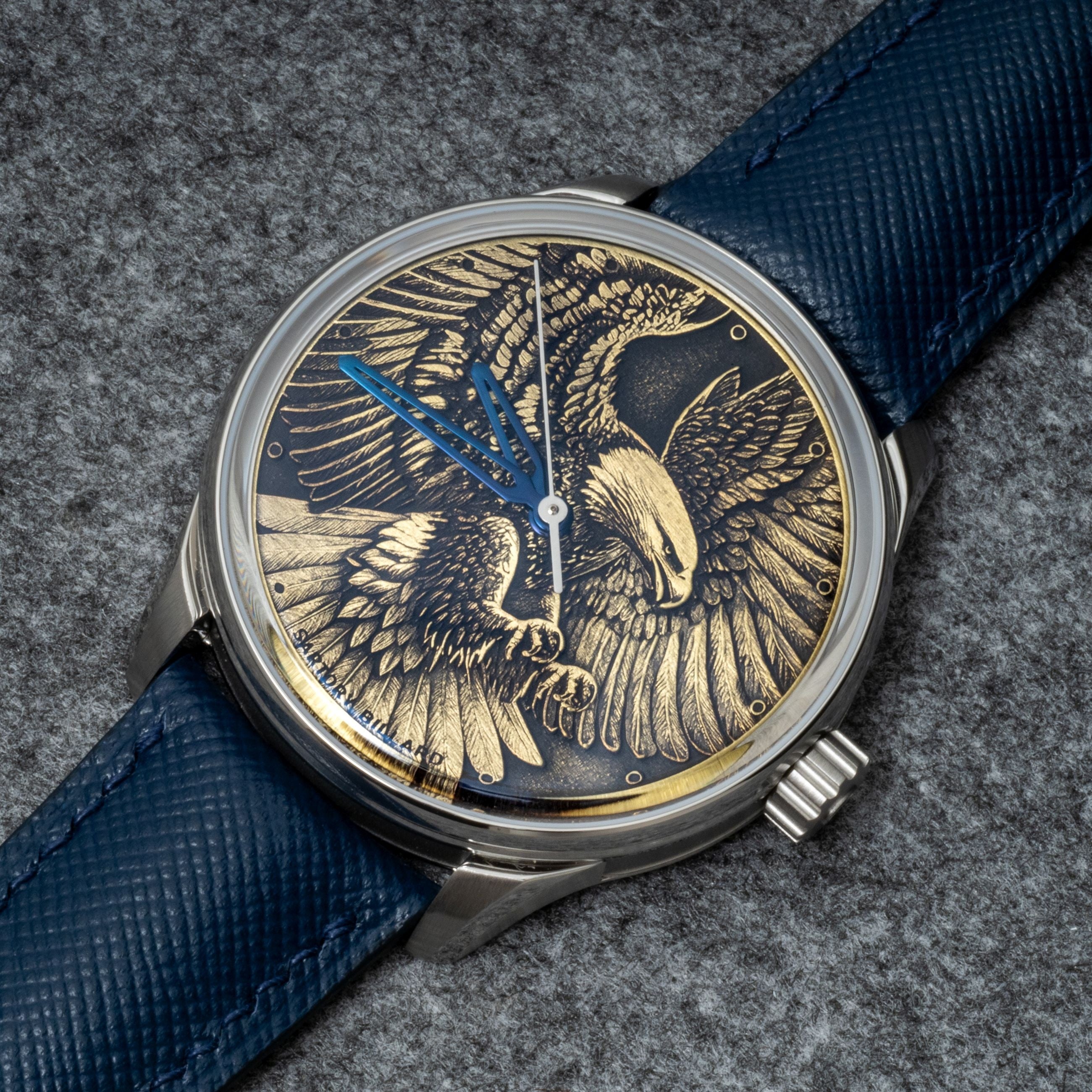
A Reengineered Case, Increased Robustness
While it retained the familiar lines of the SB04, the SB04-E introduced profound technical upgrades: a more rigid stainless steel case, water resistance up to 100 meters, a redesigned screw-down assembly between the case and caseback, and tighter manufacturing tolerances for every component. The goal: a smoother, more reliable assembly process, without the need for manual adjustment — all while preserving the watch’s elegance.
The external design preserved the hallmarks of the SB04: a sculpted bezel, alternating satin and mirror-polished finishes, and taut, balanced proportions. But internally, the case was completely reimagined, and designed to be compatible with Sartory-Billard’s future in-house movements.
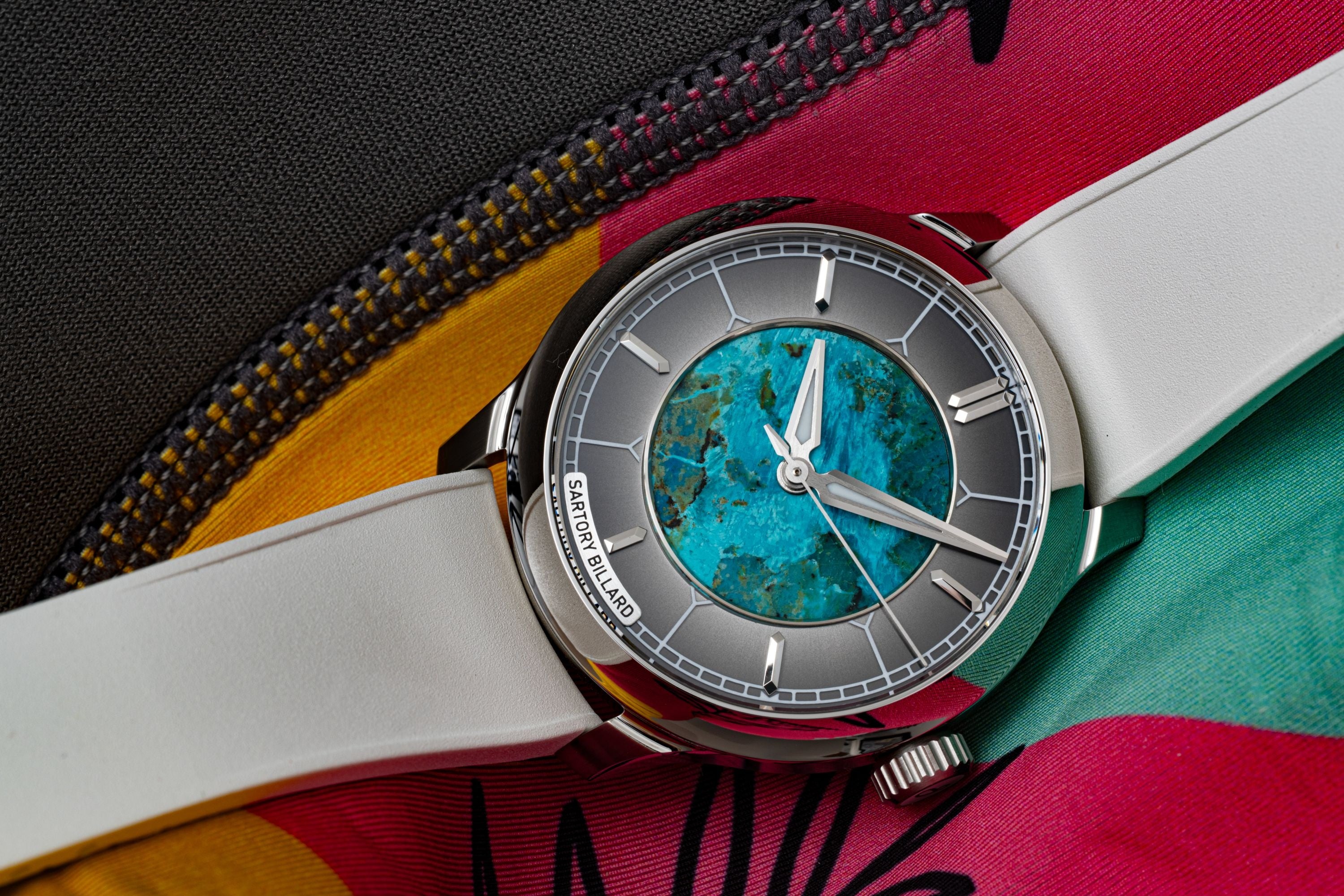
The Watch as Manifesto
The SB04-E was not just a new model — it was a manifesto. It asserted that Sartory-Billard could reconcile industrial mastery and artisanal emotion, and that excellence need not be reserved for one-of-a-kind pieces. It demonstrated that evolution, at Sartory-Billard, comes through clarity in design and precision in execution.
It also laid the groundwork for the future: a new category of coherent collections, faithful to the brand’s DNA, but designed to engage a broader audience — without compromising on material, light, or sincerity.
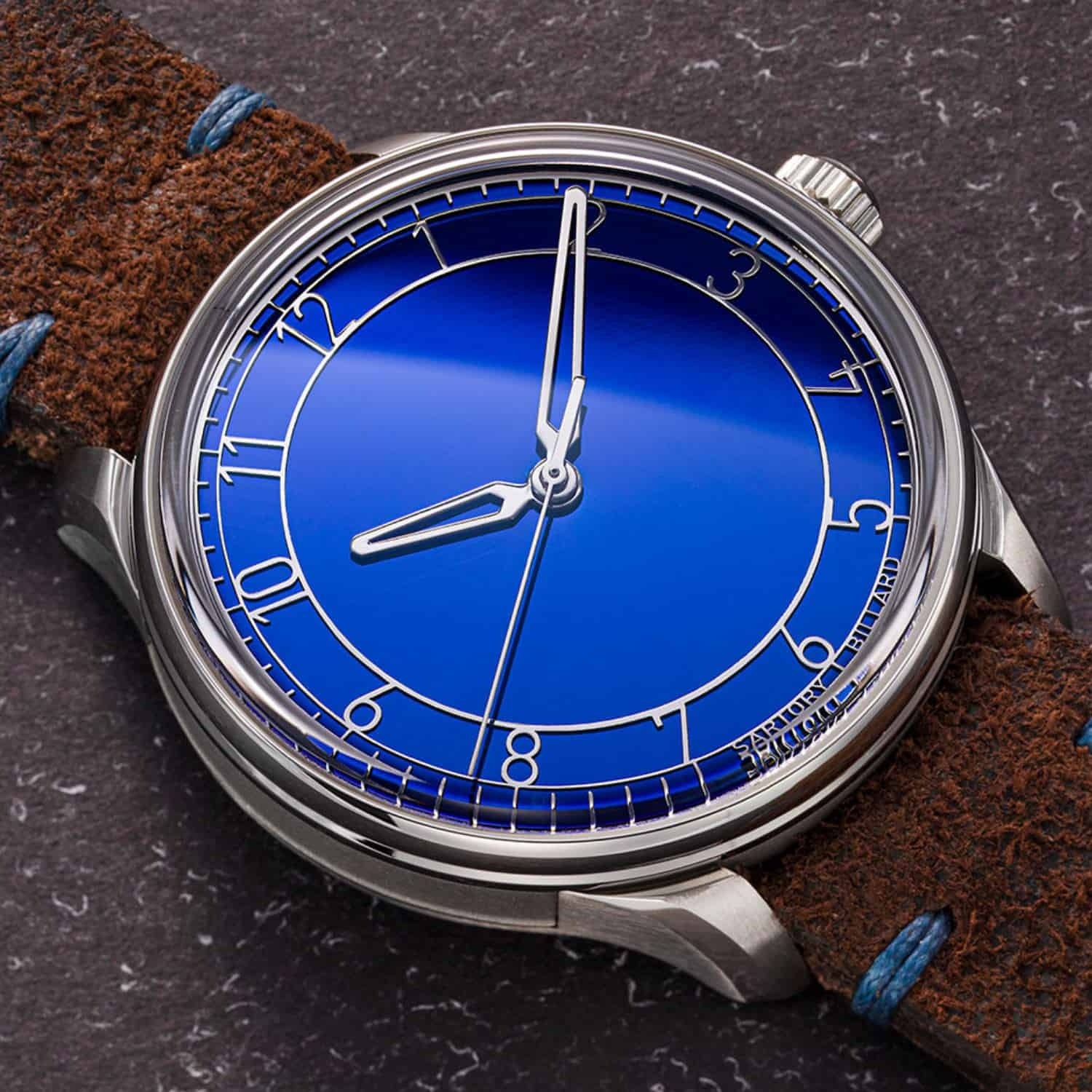
Chapter 10 — GPHG: Recognition from the Watchmaking Establishment
A Rising Voice Among the Giants
The story begins in 2020, when Sartory-Billard submits its SB04 “Blue Titanium”, a minimalist yet powerfully graphic timepiece with a mirror-polished titanium dial — a technique mastered by only a handful of workshops. Though the watch was not nominated that year, its presence on the GPHG’s official entry list marked the beginning of a long and steady climb toward recognition.
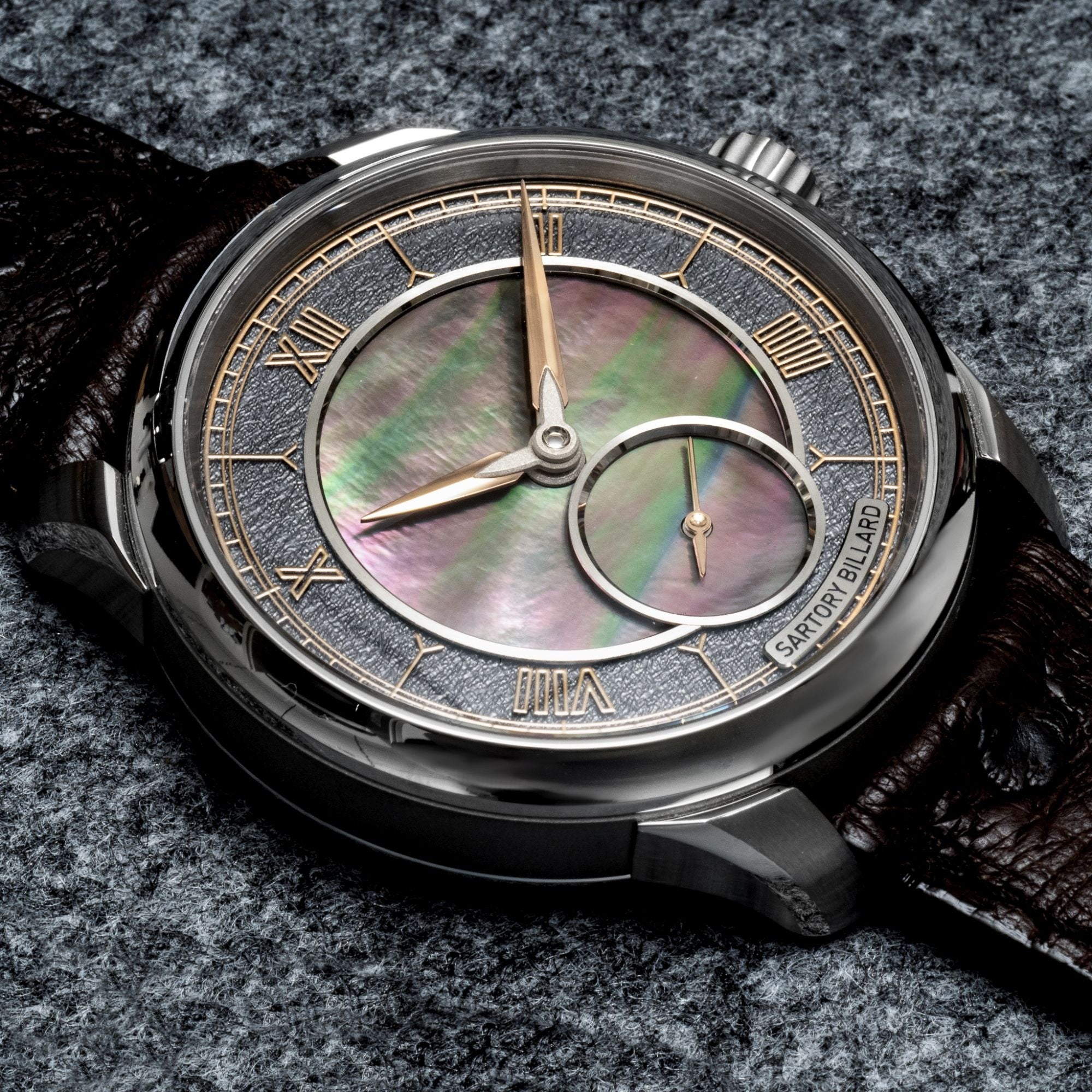
Two years later, in 2022, the maison returned with the SB05, this time featuring a dark mother-of-pearl dial encased in grained titanium. Entirely customizable by the client yet framed by a precise design language, the piece stood out in the Challenge category. It was nominated and exhibited as part of the GPHG’s world tour — a turning point that confirmed the legitimacy of Sartory-Billard’s approach: artisanal, tailored, and sincere.
In 2023, the brand entered the fray again, this time with a bespoke SB07, adorned with lapis lazuli and meteorite. Despite being a one-off piece made for a private client, its nomination in the Sports category underscored the GPHG jury’s growing openness to personalization — and to non-Swiss players capable of merging creativity and robustness.
But it was in 2024 that the brand delivered its most technically ambitious entry to date: the SB06-24HM “La Nuit”, a poetic flying tourbillon with a 24-hour complication. Entirely powered by Sartory-Billard’s in-house movement SBTV01, the piece was nominated in the Tourbillon category, one of the GPHG’s most competitive. The watch — whose dial evoked a celestial arc where a golden sun and luminous moon alternately crossed — symbolized everything the brand had become: emotional, technically bold, and quietly confident.
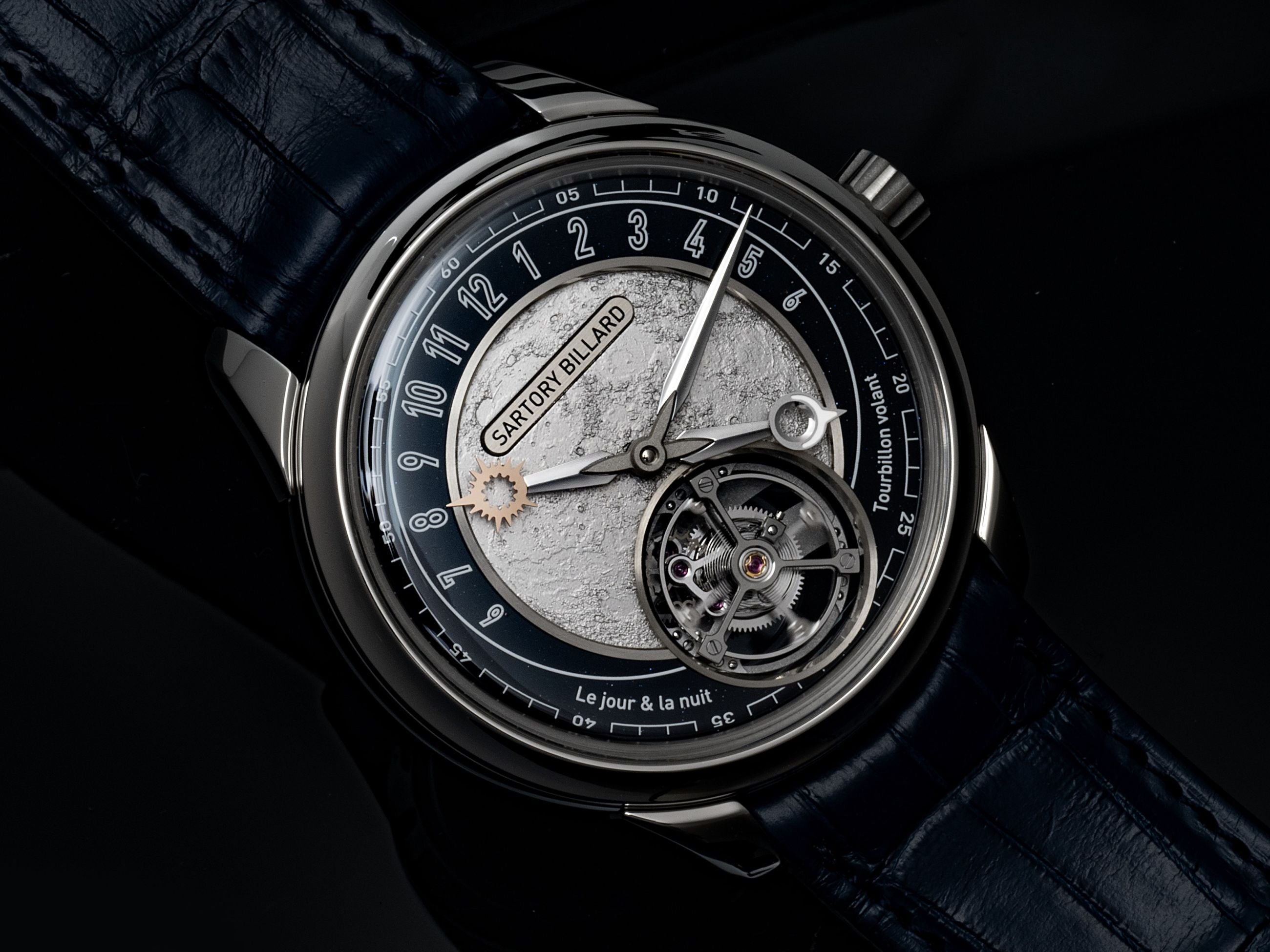
More Than a Competition
For Armand Billard, the GPHG has never been a finish line, but rather a mirror. “It’s not about validation,” he often says, “but about showing what independent design can bring to watchmaking when it’s free from conventions.” Each nomination was not only a recognition of skill, but also of vision — of a brand that had never sought approval, but won respect by staying true to its voice.
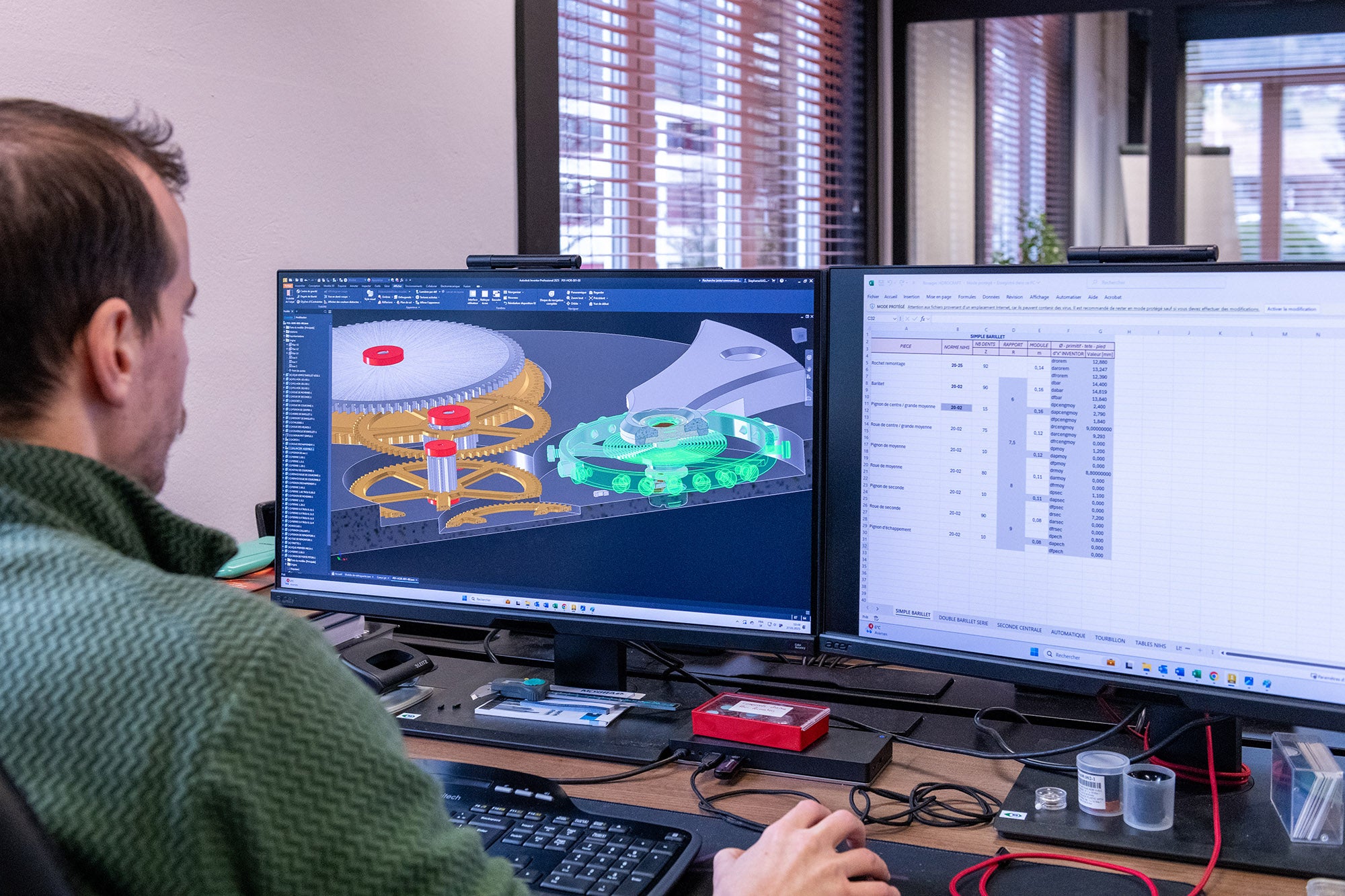
Chapter 11 — Horocraft, In-House Movements, and Selective Expansion
In 2024, Sartory-Billard reached a decisive turning point with the creation of Horocraft, located in Sainte-Croix, Switzerland. Armand Billard partnered with Sylvain Pinaud and Christophe Beuchat to establish a workshop capable of designing and manufacturing a full family of in-house mechanical movements.
This shift toward technical independence gave Sartory-Billard complete control over aesthetics, quality, and creative freedom. The first platform — developed in parallel for manual, automatic, and tourbillon calibers — was modular, robust, and entirely original in architecture.
In parallel, the brand developed a network of carefully selected retailers in Paris, London, Tokyo, and Singapore — chosen for their expertise in independent watchmaking and their ability to showcase the brand’s spirit in the right context.
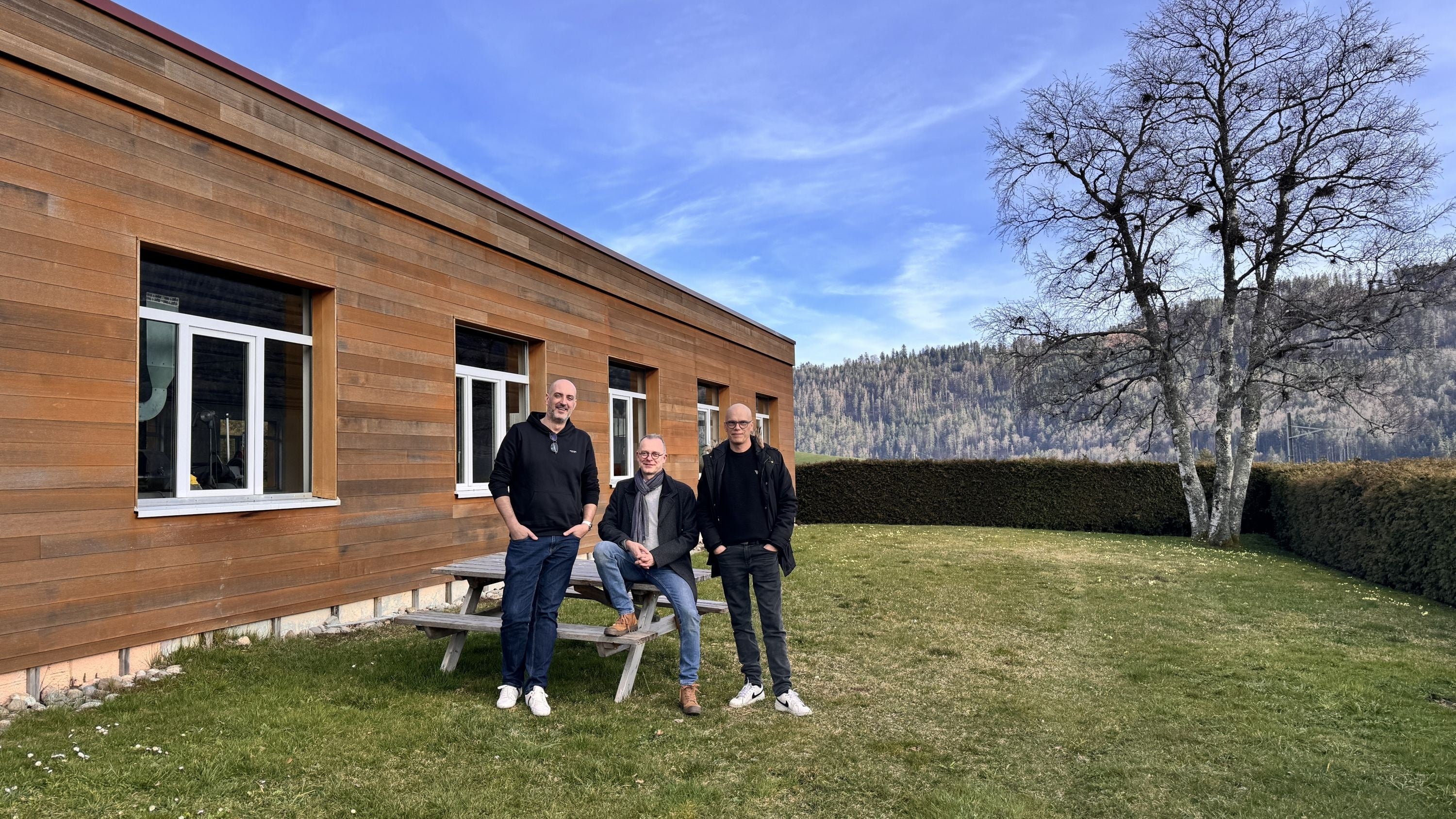
At 50 years old, Armand Billard embodied a brand that had come of age: technically autonomous, internationally recognized, yet fiercely faithful to its core values — craftsmanship, independence, and human connection.